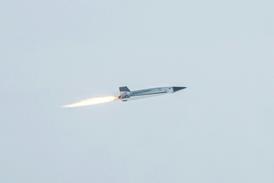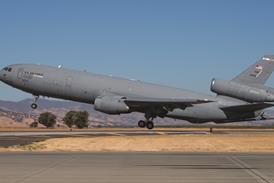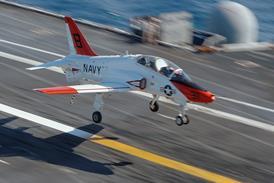A consortium of European companies led by Eurocopter has requested funding from the European Commission (EC) for a new 19-seat tiltrotor ground test programme.
The consortium comprises 33 companies from nine countries, including Spain's CASA and Fiat Avio of Italy. The European rotorcraft technology integration for a long-range transport (Eurotilt) project will be competing directly with GKN Westland/Agusta's request for money to develop a compound helicopter based on the Lynx. Both programmes are seeking funding under the EC's New Perspectives in Aeronautics key technology programme. This provides funding for four main aeronautics activities - propulsion, navigation, rotorcraft technology and materials. A preliminary response to the proposals is expected at the end of July, with a decision at the end of October.
Eurocopter research director Philippe Galland says the Eurotilt is the "natural follow-on" to the Eurofar programme that looked at tiltrotor technologies and involved GKN Westland and Italian company Agusta. The Italian company has since joined the Bell 609 civil tiltrotor programme and is merging with Westland, effectively ruling out any co-operation on Eurotilt.
The EC money would pay for a full-scale ground test article (GTA) to evaluate critical technologies such as the tilt mechanism, where the Eurotilt differs fundamentally from the Bell 609 by tilting only the rotor, not the entire engine. Galland says this makes for a simpler, more reliable installation since the engine does not need to be adapted for vertical operations. "It also eliminates a major safety concern with tilting engines," he says. "Keeping the engine in a single plane means there is far less chance of catastrophic damage if the turbine disc fails."
Another major difference with the US aircraft is the planned use of a fly-by-wire flight control system, which would enable precise control of the transition phase by combining helicopter and fixed- wing operating modes.
Galland estimates the GTA programme would cost around 80 million euros ($81.5 million), half of which would come from the industrial partners.
Source: Flight International












































